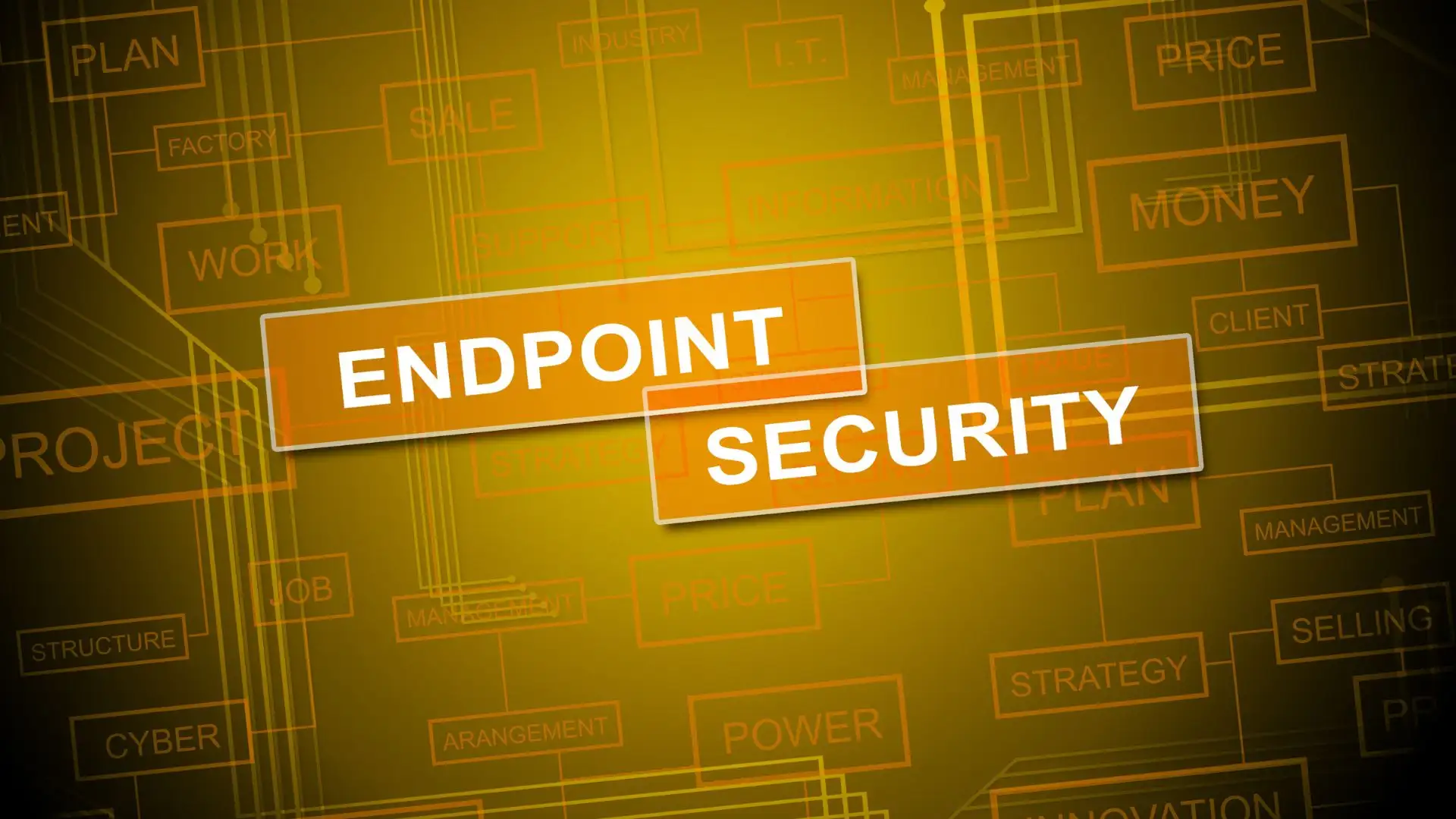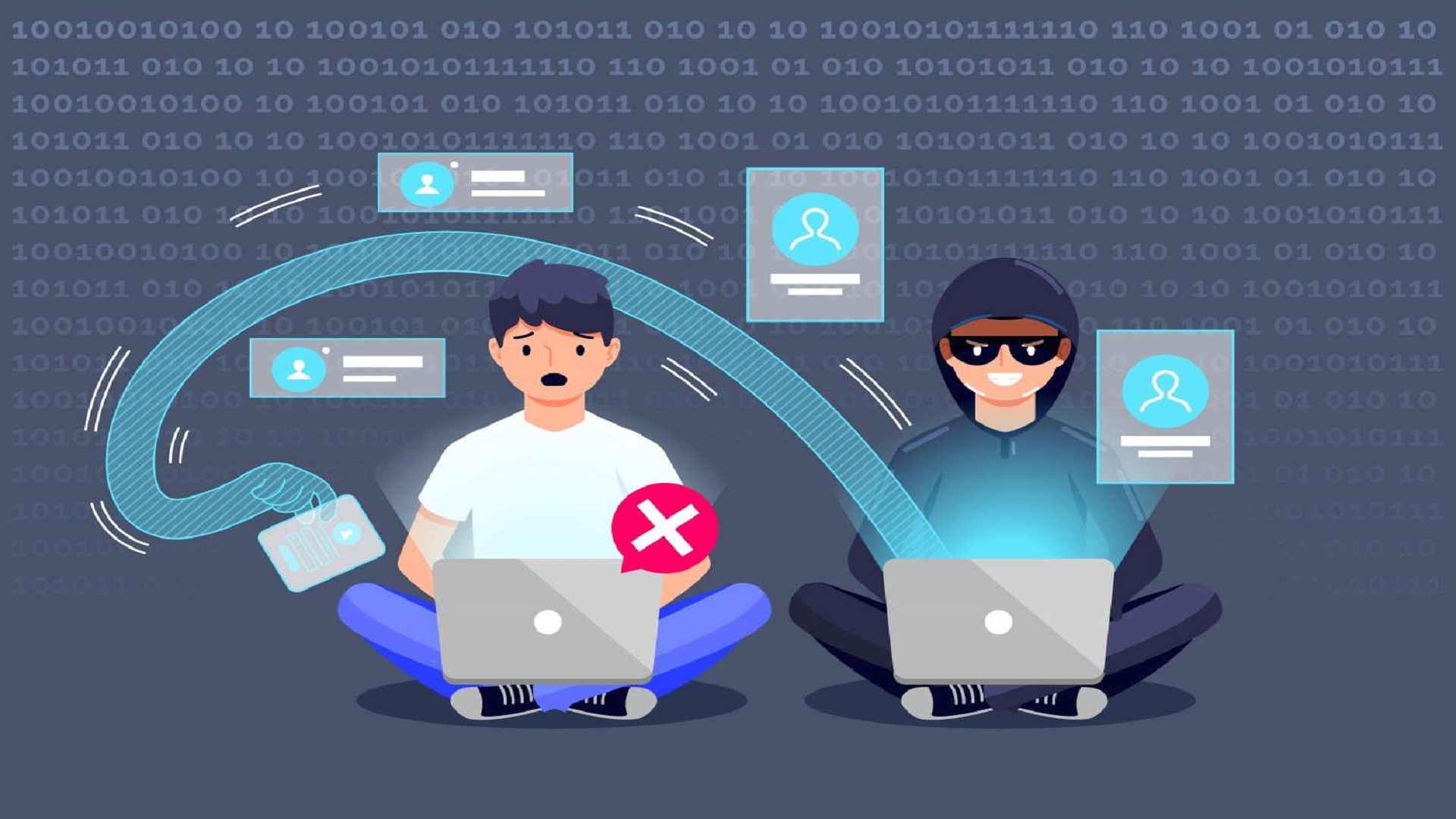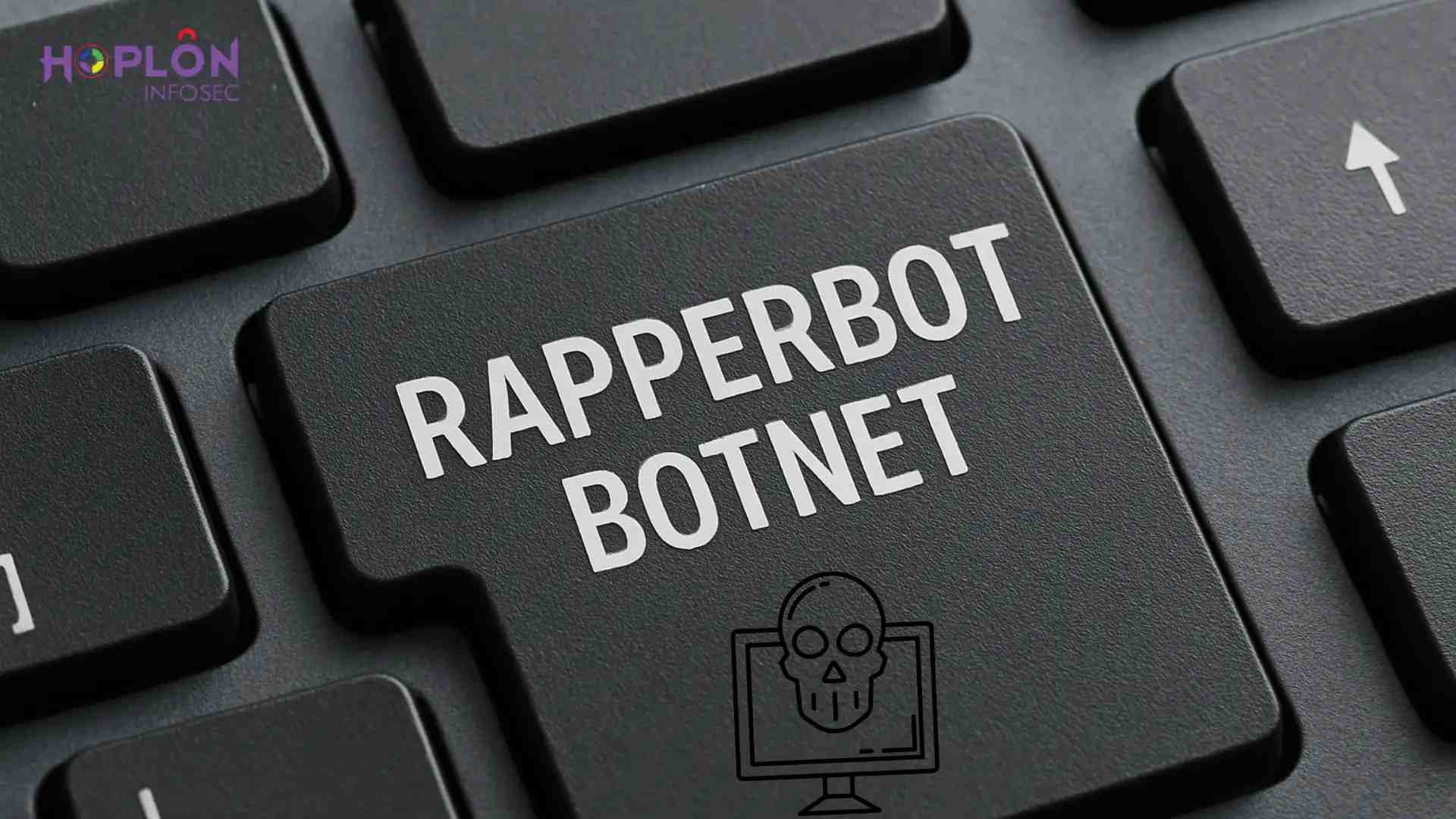Cyber threats are growing every day. Hackers no longer only target big companies, they go after any weak point they can find. One of the biggest weak points in an organization is its endpoints. Endpoints are devices like laptops, desktops, servers, and even smartphones that connect to your company network.
To protect these devices, businesses now use automated endpoint security systems. These systems use artificial intelligence (AI), machine learning, and automation to detect and respond to threats in real time. Instead of waiting for IT staff to find and fix problems, automated security tools act instantly, stopping attacks before they spread.
Why Automated Endpoint Security Systems Matters
Cybersecurity experts and industry reports consistently show that most successful attacks begin at the endpoint. Automation is crucial because ransomware, phishing, and advanced malware have evolved to evade traditional antivirus. By relying on real-time, automated systems, businesses can stop these attacks before they cause widespread damage.
With the growth of remote and hybrid work, employees often connect via unsecured networks at home, coffee shops, or public Wi-Fi. Each connection is a potential entry point for attackers. Automated endpoint security ensures protection no matter where employees log in.
Another important factor is human error. When monitoring manually, even highly qualified IT teams might overlook threats. By continuously evaluating behavior and reacting without waiting for human input, automation lowers this risk.
Lastly, for many industries, regulatory compliance is an unavoidable necessity. Frameworks such as GDPR, HIPAA, and ISO standards require strict data protection. Automated endpoint security solutions provide businesses with assurance during audits by producing compliance-ready reports in addition to enforcing policies.
Automated Endpoint Security Systems’ salient characteristics
Real-Time Threat Detection: Security systems now keep a constant eye on things, spotting and stopping questionable activity as soon as it arises. Preventing breaches requires this quick detection.
Automated Response: These systems can immediately quarantine a device or remove malware, significantly lessening the impact of an attack, rather than waiting for IT teams.
AI & Machine Learning: AI learns from patterns and behaviors, in contrast to traditional tools that depend on known threat signatures. This implies that it is possible to identify even zero-day attacks, which are novel and unidentified threats.
Patch Management: Cybercriminals frequently exploit outdated software. Automated patching ensures prompt system updates, closing security holes before attackers can exploit them.
Centralized Management: Security teams can see all devices on one dashboard, making it easier to keep an eye on big companies, even when employees are working from home or on-site.
Encryption protects sensitive data by making sure that only authorized users can access it. This not only keeps businesses safe from hackers, but it also helps them meet compliance standards.
What is EDR?
EDR stands for Endpoint Detection and Response. When a company wants to improve security on laptops, desktops, and servers, EDR is most useful. Antivirus software used to only block known threats, but now cybercriminals make attacks that antivirus can’t find. This is when EDR becomes crucial. It continuously monitors all activities at the endpoint and employs behavior analysis to identify anomalies, such as a file attempting to encrypt data or a process accessing confidential areas of the system.
When businesses need protection against modern threats, especially ransomware, they should use EDR. The system also makes detailed reports that help IT teams figure out how the attack happened and how to stop it from happening again. The unique thing about EDR is that it can find problems and fix them right away, which cuts down on downtime and data loss by a lot.
What is XDR?
XDR stands for “Extended Detection and Response”. Companies use XDR to protect more than just endpoints; they also want to protect their entire IT environment, including networks, email, cloud services, and apps. Many cyberattacks don’t just hit one device; they start with a phishing email and then spread to servers, databases, or cloud platforms. XDR helps by putting everything together. It collects information from different security layers and uses AI to find complicated, multi-stage attacks.
XDR’s real value is that it gives you a complete view. With Hoplon Infosec’s XDR, businesses can see threats on all of their endpoints, network traffic, cloud platforms, and even their email systems, all from one place. This unified method not only makes it easier to find things, but it also lets automated responses happen at every level. XDR will catch the whole chain of activity, for example, if an attacker breaks in through email and then tries to move into a server. The unique thing about XDR is that it combines different defense tools into one system that is smarter, faster, and better at stopping advanced threats.
Advantages of Using EDR and XDR for Automated Endpoint Security
Modern businesses can benefit greatly from automated endpoint security. Speed is the main advantage; threats that used to take days to identify can now be neutralized in a matter of minutes. This prompt action prevents damage and maintains system functionality. Cost savings are yet another important advantage. Automation is a wise investment because preventing a data breach is far less expensive than recovering from one. By managing repetitive tasks, automated tools also lessen the workload on IT teams, freeing up employees’ time to concentrate on strategy and innovation. Lastly, companies can see all threats, whether they are on a single device or throughout the network, cloud, and email environment, by combining EDR and XDR. This more comprehensive understanding improves security and fosters trust among partners and customers.
Top Business Practices
Businesses should adhere to a few basic best practices to maximize the benefits of automated endpoint security. Since the first line of defense is constant endpoint monitoring, start with EDR as the foundation. For complete protection across networks, cloud platforms, and apps, think about switching to XDR next. Enabling automation is also crucial so that AI and automated systems can react to threats immediately. Employees should also receive risk awareness training because technology functions best when paired with human awareness. Lastly, collaborating with reliable suppliers, organizations can maintain their security, compliance, and resilience against modern threats by adhering to these practices.
In conclusion
Businesses can no longer rely on antiquated tools because cyber threats are constantly changing. The future of defense lies in automated endpoint security systems, which use automation and artificial intelligence to provide businesses with real-time protection.




